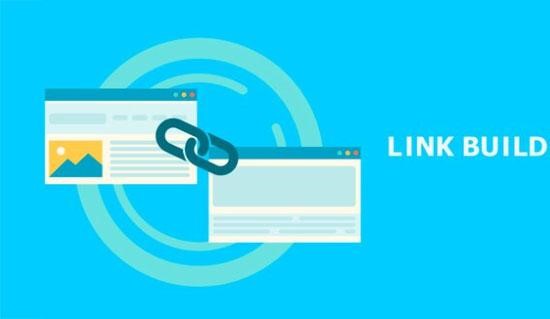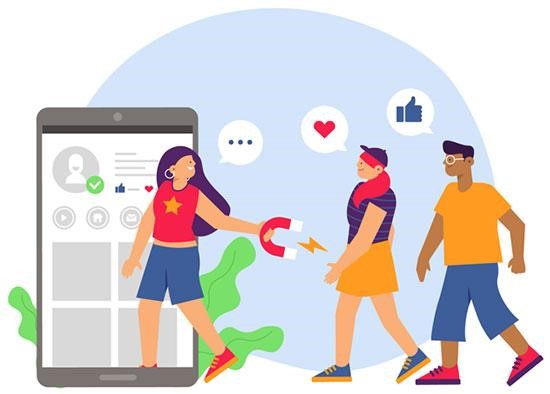Building an email list is not difficult if you keep a few things in mind. First, you must ensure that your landing page has a clear call to action. This could be “Sign up for my newsletter” or “Get my free report.”
You should also provide contact information so people can get in touch with you if they want more information about your service or product. It’s always better when someone else asks for information (like when a friend asks them to sign up) because it comes across as less spammy than when we do it ourselves.
When you want to build an email list, you will need to decide how you are going to go about doing it

There are many ways that you can do this, and they all have their benefits and drawbacks. One of the most common methods is through pop-up windows, which usually appear right after someone visits your site for the first time or shortly thereafter. People don’t like them because they obscure content on the page.
The other main disadvantage is that they don’t always get opened by users who have disabled them in their browser settings (Firefox and Chrome both let users disable pop-ups).
Another strategy is using social media platforms like Facebook or Twitter to collect information from users who choose “subscribe” when prompted by your post/tweet/message etc. This works well if your audience uses those networks, but if not, then it won’t work at all since no one else will see what’s being posted except those already subscribed so there’s no way for someone new to coming across one of these posts later on down the road knowing where else might be interested instead!
There are other methods as well, but these two are the most common and effective. I would recommend using both at the same time where possible to maximize your reach and get more users on board with you.
Create a landing page where people can opt into your list automatically
You can also create a landing page where people can opt into your list automatically. A landing page is a website page that has been designed specifically for the promotion of a product, service, or idea. You can use one of many free and paid tools to create your own landing pages, such as Leadpages or Unbounce.
Here are a few tips:
- Make sure your landing page is mobile-friendly; otherwise, most people will not be able to view it properly.
- Make sure it’s optimized for search engines so that people will find you more easily online when they search for something related to the topic of your business—and therefore want more information before making any purchases online!
Include a link to this page on every page of your site

Now that you’ve figured out the best way to deliver your message, it’s time to get people on board. The obvious thing is to put a signup button (or link) in all of your content. If possible, make sure it’s right below the CTA (call-to-action). This way, people can see that you have something valuable, and they don’t have to scroll down too far before they sign up.
Another good idea is creating a landing page with a call-to-action at the top of it. On this page, you can promote specific courses or special offers for people who subscribe via email list-building tools like BayEngage, Klaviyo, or Mailchimp if you are not sure how to choose the right tool, research Klaviyo Vs. Mailchimp in depth to know more!
That way, when someone visits this page, he’ll immediately be confronted with an attractive offer just for signing up for your email list!
Build an opt-in form that is easy for people to use
- Make it easy for people to find your opt-in form.
- Have a clear call to action for what people will get when they sign up, like “get my newsletter” or “join our community.”
- Make sure it’s easy to fill out. People don’t want to be bothered with typing more than necessary, so ensure you’re only asking for the minimum required information (name, email address, and other relevant details).
- Ensure that your opt-in form is accessible on all devices: desktop computers, laptops, and tablets have different screen sizes, so responsive design is essential. Additionally, if someone wants to use their phone or tablet as their primary computer—which many do—make sure your site is mobile-friendly!
Competition is the best way to find people who are interested in your product or service, but not everyone wants to buy it right away

Competition is the best way to find people who are interested in your product or service, but not everyone wants to buy it right away.
Suppose you’re selling something that requires a certain amount of knowledge and research before purchase (like some tech products). In that case, your potential customers may be willing to sign up for your newsletter if they think they’ll get advice from you about the best option.
They’re more likely than someone who has no interest in what you’re selling at all because they’ve already shown an interest by signing up for a free trial or downloading some free content.
It’s always better to have someone else ask for their information than it is to ask them yourself
If you’re looking to build an email list, it’s always better to have someone else ask for their information than to ask them yourself. Think about it: Most people are more likely to trust their friends over a random stranger, so asking a friend to refer you is much more effective than simply sending out an email and hoping they sign up.
This is the same principle as “ask for forgiveness, not permission.” Suppose you don’t have time or money (or both) to invest in building an email list through content marketing alone. In that case, this can be a great way of growing your list quickly without directly interacting with people who would otherwise never sign up on their own accord.
The most important thing is to ensure you’re only asking friends who are genuinely interested in your business; otherwise, they’ll get annoyed with you. If they don’t care about what you do, chances are good that other people won’t either!
Compassionate marketing and social proof are good ways of increasing conversions when asking people for their information

When asking subscribers to give you their personal information, you want them to feel safe and comfortable. One way of doing that is through compassion marketing and social proof.
Social proof is the idea that people are more likely to do something if they see others doing it. So if someone sees that ten other people have signed up for your email list, they are more likely to sign up themselves because they don’t feel like they’re going against the grain by doing so.
Compassionate marketing is when a business shows that it cares about its customers. It’s not enough to show how much better your product or service is than everyone else’s (you hope). You also need to show that you care about each person who uses your product or service as an individual human being – even though you’re trying to sell them something!
This can be done by writing good content, providing excellent customer support, giving back in some way (volunteering time/money), etc.
There are many ways of getting people interested in signing up for your email list, and you should experiment with the best ones. Still, you must also be clear about what you want them to do when they join, how often you will send emails, and how long they can stay on the list.
You should have a clear call to action and statement of what you want to achieve, how often you will send emails and how long people can stay on your list. You can also include an opt-out link, but it’s best not to force people off your list by requiring them to do so in order to continue reading your content.
You should also be clear about what information you collect and how it will be used—if this is not stated explicitly, then many users will assume the worst (that they have no control over their own data).
Conclusion
Building your email list is an important part of any business, but it’s not always easy. The best way to do this is by finding people interested in what you have to sell, then showing them how signing up for your list will help them achieve their goals or solve a problem.
On the other hand, you can always opt to get help from an email marketing agency to help you build email lists and run your email marketing campaigns successfully.
Author Bio:
Ajitha Victor is the Associate Content Lead at the TargetBay Marketing team. She loves creating content and inbound marketing. She loves reading and creative writing whenever she gets time, and she never misses a chance to have a good conversation with someone over a cup of chai!